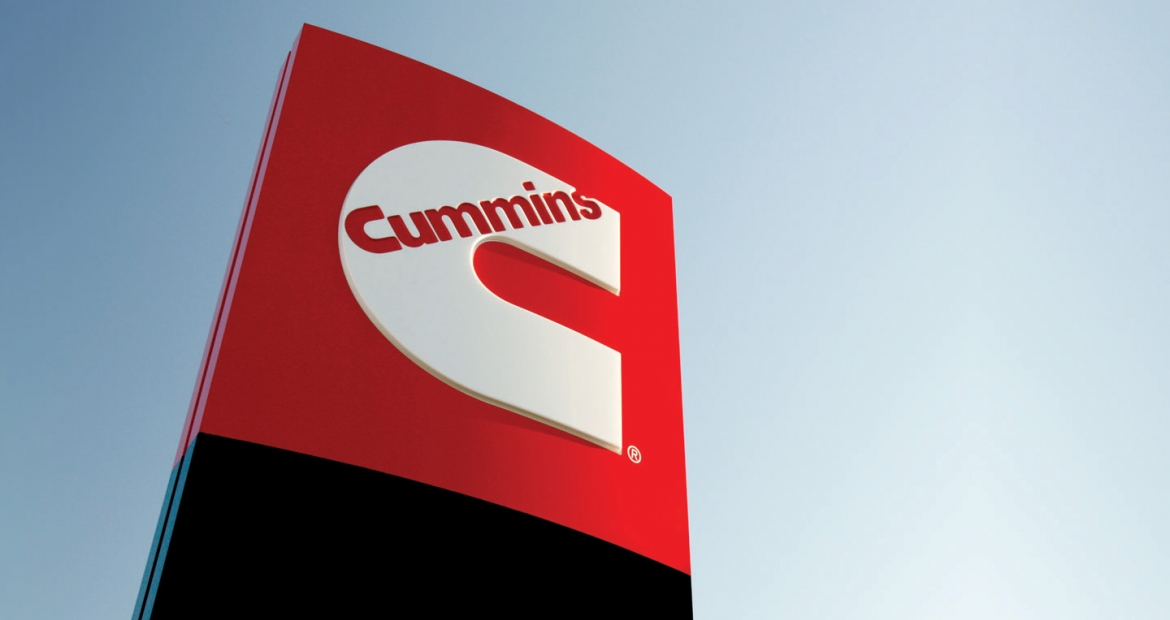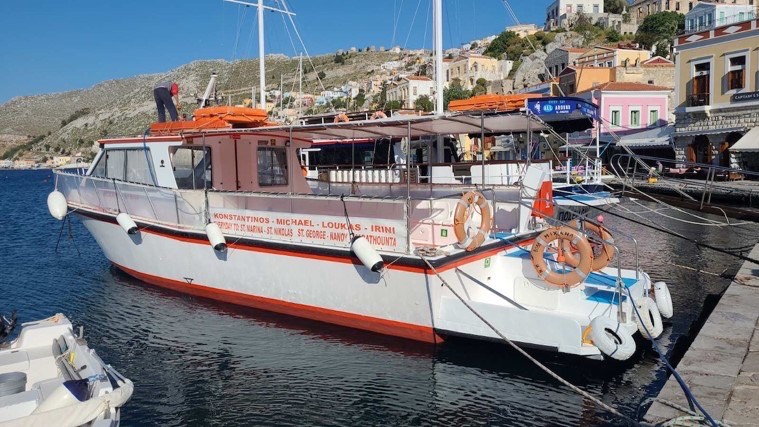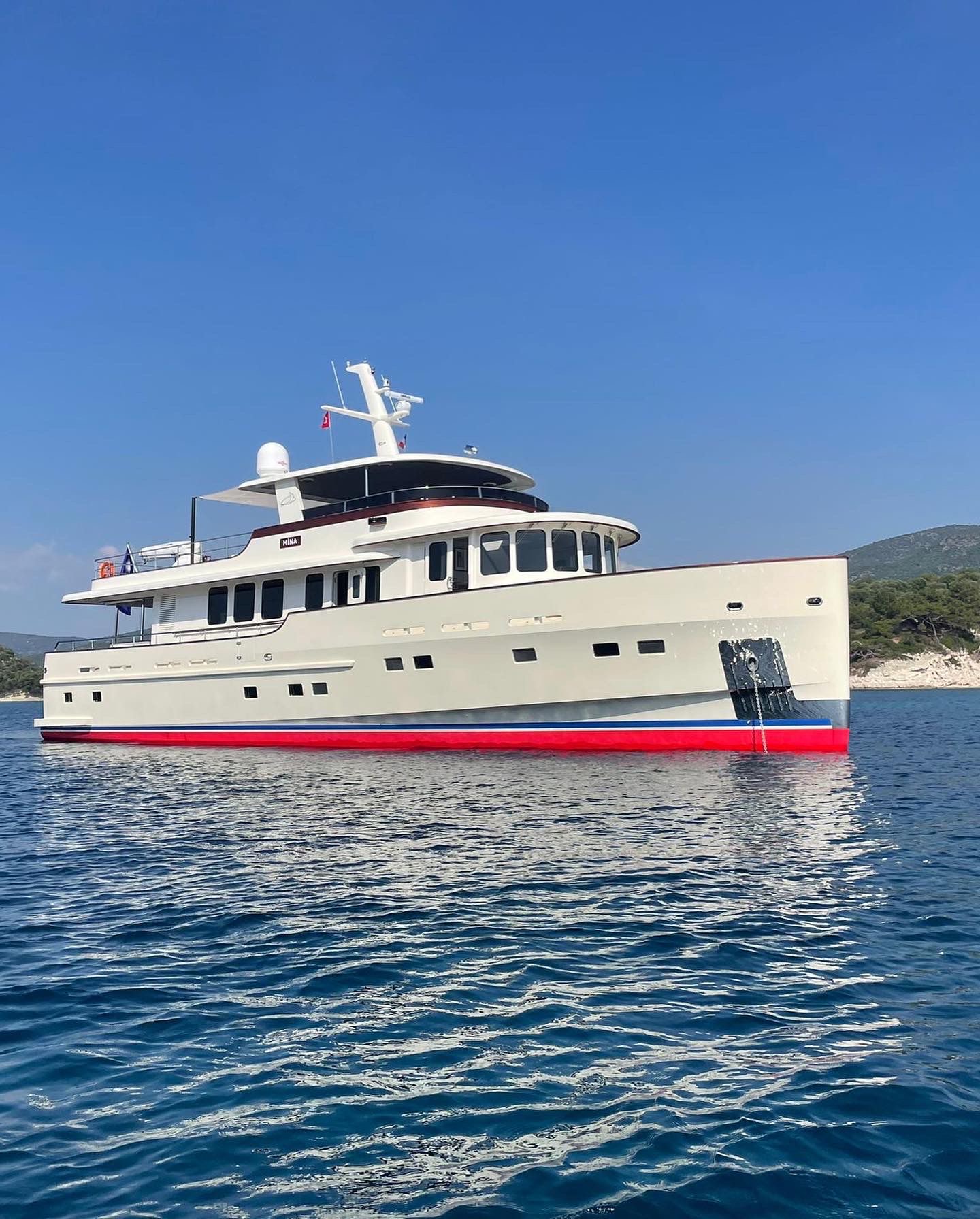
Cummins Vessel Reference #778b

“We don’t usually remove the heads at mid-life on the Cummins engines,” Randy Beckler, Engineering Superintendent for Seaspan Towing explained in reference to the 2003 launched Seaspan Venture’s third like-for-like repower.

The repower was completed in the first week of February 2016. The Seaspan Venture, like her sister the Seaspan Tempest, had a pair of Cummins KTA38 M0 engines when new builds. These engines were changed out at over 40,000 hours. In 2016, the second set of engines had around 42,000 hours. “We have a planned maintenance schedule that we adhere to, this allows us to maintain our desired TBO (Time Before Overhaul,” Beckler added.

The decision was made to install the third set of KTA38 M0 engines, delivering 850 HP each at 1800 RPM, when the Seaspan Venture had in excess of 42,000 hours on the second set of engines. This was coordinated with a time when the tug was due for its quadrennial inspection by Transport Canada. This involves pulling the tug out of the water for tail shaft and sea valve inspections. “We try to do everything at once when we have the boat out,” said Beckler, “we could have probably run the engines for another year but this was a good time to make the change.”

These two boats have been very popular with their crews. The hulls were built to order in China, shipped to Canada by barge, and finished up at Seaspan’s Vancouver Shipyard. There was a lot of input from operators in the functional design. At the time they were a new generation of tug with a fine, longer, double-chined hull. The 64- by 23-foot hull has a moulded depth held to 10.4-feet to facilitate working some of the shallower areas of the lower Fraser River while providing good water flow to the propellers. This fine hull form, combined with a smooth “slipper” stern reduced the wake wash and lessoned the need for the tug to make a “slow-bell” past riverside moorings.

The boats tow the big boxy wood chip scows, se they were designed so that the aft bulwarks are the same height as the deck of a loaded chip barge while the bow matches the height of an empty barge. This improves the safety of crews getting on and off both empty and loaded barges. Bulwarks are set two feet back from the hull side to further ease the safety of crew moving between barge and boat.

After nearly 14 years of daily use on the Fraser River the two tugs have proven the effectiveness of the design. And now, with a new set of engines and other upgrades, the Seaspan Venture is ready to go back to barge towing for another 40,000 plus hours.

Photos by Haig-Brown for Cummina Marine
For further information:
Randy Beckler
Engineering Superintendent,
Seaspan Marine,
10 Pemberton Ave.
North Vancouver, BC
Canada, V7P 2R1
Phone: 604 988 3111
E-mail: rbeckler@seaspan.com
Cary Griffiths
Marine & DOEM Sales
Cummins British Columbia
18452 -96th Avenue
Surrey, BC V4N 3P8
Canada
Phone: 604 882 5726
E-mail: cary.j.griffiths@cummins.com
Trophy fish are measured by weight and length at the dock. They almost always exceed the size of the angler reeling them in. The exception would be M/V Chelsea ...
Greek passenger vessel repowers with Cummins. Cruising to Symi on a water taxi is more than a boat ride across the Aegean Sea. Departing the eastern sh...
Crews with no choice but to head out to sea in rough weather conditions rely on trawlers' inherently robust, stout design based on the DNA of highly capable fis...


